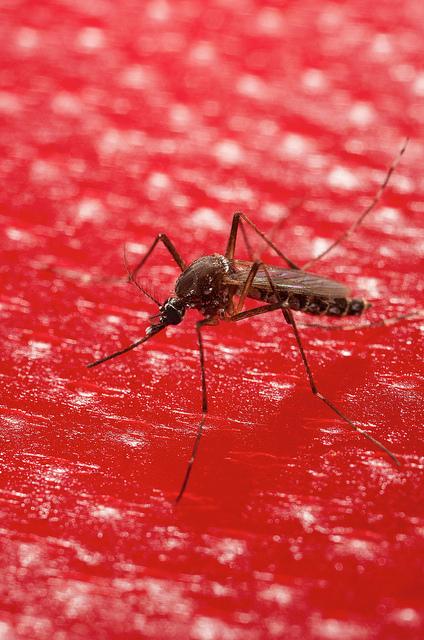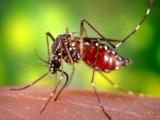In experiments to better clarify the best strategies for establishing populations of Wolbachia-infected mosquitoes as a tool for battling dengue, Zika, and other related diseases in urban areas, large and strategic releases can transform local mosquito populations, researchers reported today.
In the latest Zika developments, media reports said that India delayed announcing local Zika cases over fears of public panic, and a study of blood samples from Brazil identified immune markers that might be useful for identifying patients with complications.
Big, strategic mosquito releases
Based on their 2013 release and follow-up analysis of Wolbachia-infected mosquito releases in three different areas in the city of Cairns, in Australia's Queensland state, researchers from the University of California, Davis, and the international Eliminate Dengue Program, based in Australia, reported their findings yesterday in PLoS Biology.
Wolbachia pipientis bacteria are naturally found in 60% of insects, but they typically don't infect Aedes aegypti mosquitoes, the main carrier of several mosquito-borne diseases. Wolbachia-infected mosquitoes, however, pass the bacteria to their offspring, blocking their ability to transmit Zika, dengue, and other viruses.
In 2016, a World Health Organization (WHO) expert group that met to discuss if any new mosquito control tools could be used to reduce the spread of Zika determined that Wolbachia was one of only two methods that warranted careful pilot testing and rigorous monitoring.
In the new study, researchers released adult Ae aegypti mosquitoes infected with Wolbachia in three areas near suitable mosquito habitats in Cairns. Two sites were large (1 square kilometer and half of a square kilometer), while the other was much smaller, about a tenth of a square kilometer. The sites received 130,000, 286,000, and 35,000 Wolbachia mosquitoes, respectively.
For the next 2 years, the researchers monitored the spread of Wolbachia in mosquito populations through trapping and testing.
In the two larger sites, Wolbachia mosquitoes spread slowly and steadily, about 100 to 200 meters per year. The smaller site, however, showed little evidence of spread. The findings fit with earlier modeling projections. The team concluded that as long as introduction sites are large enough, strategic releases can transform mosquito populations in cities.
They also found that barriers to mosquito movement, such as roads, rivers, and forests, could impede mosquito movement, factors that local officials would want to consider when assessing how many releases of Wolbachia-infected mosquitoes are required for a particular area.
India Zika reporting delay
Meanwhile, Indian health officials knew about the country's first local cases months ago but didn't warn the public because they didn't want people to panic, several media outlets reported yesterday, including the Washington Post.
On May 26, the WHO released a statement saying India notified it of three cases on May 15, the first of which was detected in November 2016, all in the same city in Gujarat state. An Indian health official told the Post that health ministry officials decided against doing any public outreach, but they did launch Zika surveillance to test blood samples and mosquitoes from the area where the first case was detected.
The health official also said the country lacks the lab capacity to do large-scale testing in pregnant women.
Zika complication markers
And a study of 45 immune mediators in the blood of 95 adults from Campinas, Brazil, who were infected with Zika virus in 2016 identified certain markers that might be useful for identifying people with neurologic complications and in pregnant women who delivered babies with Zika-related birth defects.
For comparison, the team also analyzed the blood of 13 healthy adult controls. Researchers published their findings yesterday in the Journal of Infectious Diseases.
Six of the patients were pregnant women who gave birth during the study. Though most people had mild disease, 11.6% (11) had neurologic complications, and in that groups three mediators (IL-10, IP-10, and HGF) seemed to differentiate between those with and without neurologic complications.
Meanwhile, pregnant women who carried babies with birth defects had higher levels of four mediators (IL-22, MCP-1, TNF-alpha, and IP-10). The researchers also saw different immune mediator profiles in babies born with and without Zika-related deformities.
See also:
May 30 PLoS Biol study
May 30 PLoS press release
May 30 Washington Post story
May 26 CIDRAP News story "First local Zika cases noted in India; studies explore transmission"
May 30 J Infect Dis abstract




















